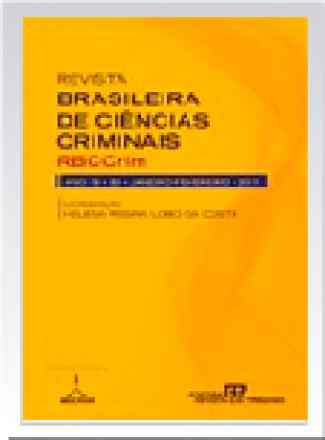A IMPORTÂNCIA DO PROJETO FERRI PARA O “CÓDIGO ROCCO”
Revista Brasileira de Ciências Criminais
A IMPORTÂNCIA DO PROJETO FERRI PARA O “CÓDIGO ROCCO”
Autor Correspondente: Gianluca Ruggiero, | [email protected]
Palavras-chave: Projeto Ferri de Código Penal – Criminologia positivista – Escola positiva italiana – Sociologia criminal – Antropologia criminal.
Resumos Cadastrados
Resumo Português:
Na Itália, a reforma do Código Penal de 1889 foi requerida pela orientação positiva materializada no Projeto Ferri de 1921. Limitando-se à parte geral do Código Penal prevista em 131 artigos, o projeto mostra uma mudança radical da visão dogmática: as medidas de defesa social foram adaptadas não à gravidade objetiva do crime, mas à perigosidade do autor do fato. Muitas das instituições da parte geral refletiram a aplicação dos critérios de periculosidade social e responsabilidade legal na nova disposição legislativa. Considerável importância foi dada ao elemento subjetivo do crime e à tipologia criminológica dos delinquentes dividida em delinquentes por tendência, infratores reincidentes, doentes mentais, habituais, ocasionais, menores, criminosos políticos e sociais.
Resumo Inglês:
In Italy the reform of the criminal code of 1889 requests of the positive direction materialized in the Ferri project of 1921. Limiting itself to the general part of the code (foreseen in 131 articles), the project shows a radical change of dogmatic approach: the social defense measures had to adapt not to the objective gravity of the crime but, rather, to the greater or lesser danger of the offender. Many of the institutions of the general part reflected in the new legislative provision the application of the criteria of social dangerousness and legal responsibility. Considerable importance was then given to the subjective element of the crime and to the criminological typology of delinquents divided into delinquents by tendency, repeat offenders, mentally ill, habitual, occasional, minors, political and social criminals.

